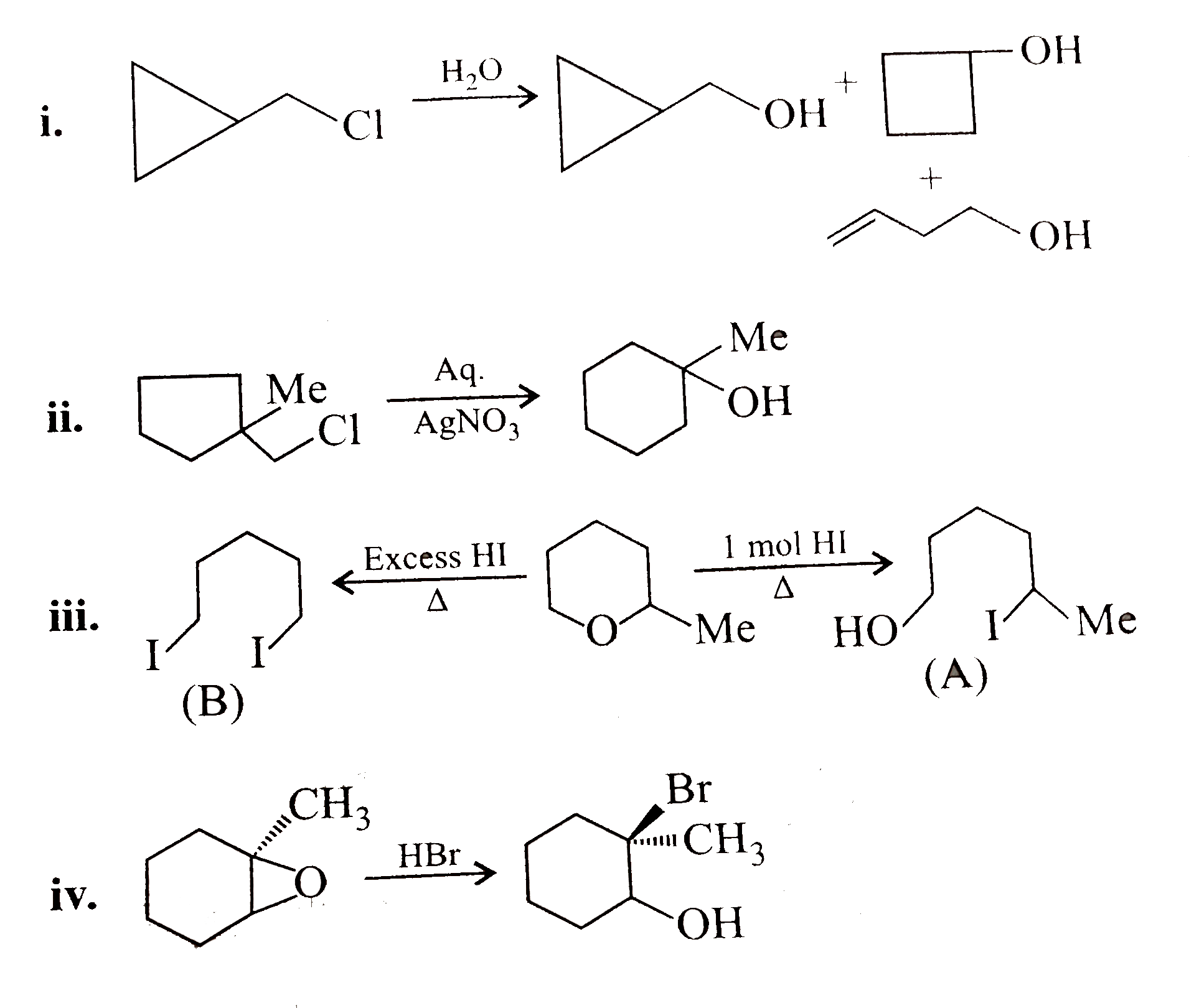Give suitable chemical terms for the following :
A definite number of water molecules bound to some salts.
To answer the question, we need to identify the suitable chemical term for a definite number of water molecules that are associated with some salts. Here’s the step-by-step solution:
Step 1: Understand the Concept of Hydration
- Salts can exist in two forms: hydrated and anhydrous. Hydrated salts contain water molecules that are chemically bound to them, while anhydrous salts do not contain any water.
Step 2: Define the Term for Water Molecules in Salts
- The term used to describe a definite number of water molecules that are bound to some salts is "water of crystallization" or "hydration."
Step 3: Provide Examples
- For example, hydrated copper(II) sulfate (CuSO₄·5H₂O) contains five water molecules associated with each formula unit of copper(II) sulfate. This compound is bright blue in color.
- In contrast, anhydrous copper(II) sulfate (CuSO₄) does not contain water molecules and appears white.
Step 4: Conclusion
- Therefore, the suitable chemical term for a definite number of water molecules bound to some salts is "water of crystallization."
---
- Salts can exist in two forms: hydrated and anhydrous. Hydrated salts contain water molecules that are chemically bound to them, while anhydrous salts do not contain any water.
- The term used to describe a definite number of water molecules that are bound to some salts is "water of crystallization" or "hydration."
- For example, hydrated copper(II) sulfate (CuSO₄·5H₂O) contains five water molecules associated with each formula unit of copper(II) sulfate. This compound is bright blue in color.
- In contrast, anhydrous copper(II) sulfate (CuSO₄) does not contain water molecules and appears white.
- Therefore, the suitable chemical term for a definite number of water molecules bound to some salts is "water of crystallization."
Topper's Solved these Questions
- BOOK - ICSECHAPTER - STUDY OF ACIDS, BASES AND SALTSEXERCISE - FILL IN THE BLANKS24videos
STUDY OF ACIDS, BASES AND SALTS
- BOOK - ICSECHAPTER - STUDY OF ACIDS, BASES AND SALTSEXERCISE - MULTIPLE CHOICE QUESTIONS46videos
STUDY OF ACIDS, BASES AND SALTS
- BOOK - ICSECHAPTER - STUDY OF ACIDS, BASES AND SALTSEXERCISE - Additional Questions for Practice41videos
STUDY OF ACIDS, BASES AND SALTS
- BOOK - ICSECHAPTER - SPECIMEN QUESTION PAPER (CHEMISTRY)EXERCISE - Questions40videos
SPECIMEN QUESTION PAPER (CHEMISTRY)
- BOOK - ICSECHAPTER - STUDY OF COMPOUNDS - AMMONIA EXERCISE - UNIT TEST PAPER 7B - AMMONIA22videos
STUDY OF COMPOUNDS - AMMONIA
Similar Questions
Give a suitable mechanism for the following :
 .View Solution
.View SolutionGive suitable chemical terms for the following:
Certain water soluble substances, when exposed to the atmosphere at ordinary temperatures, absorb moisture from the atmospheric air becomes moist and dissolve in the absorbed water.View Solution
Knowledge Check
- Question 1 - Select One
The number of water molecules in one litre of water is:
A18B18×1000C6.022×1023D3.3×1025
The number of water molecules is maximum in
View SolutionThe number of atoms in one molecule of Epsom salt is
View SolutionGive suitable chemical term for the following:
A bond formed by a shared pair of electrons with both electrons coming from the same atom.View SolutionGive suitable chemical terms for the following:
The amount of energy released by the addition of electron to the outermost shell of an atom in its isolated gaseous state.View SolutionGive suitable chemical terms for the following :
A salt formed by incomplete neutralisation of an acid by a base.View SolutionGive suitable chemical terms for the following: A reaction in which hydrogen of an alkane is replaced by a halogen.
View SolutionGive technical terms for the following:
Movement of water molecules across the cell membrane from hypertonic to hypotonic solution.View Solution

